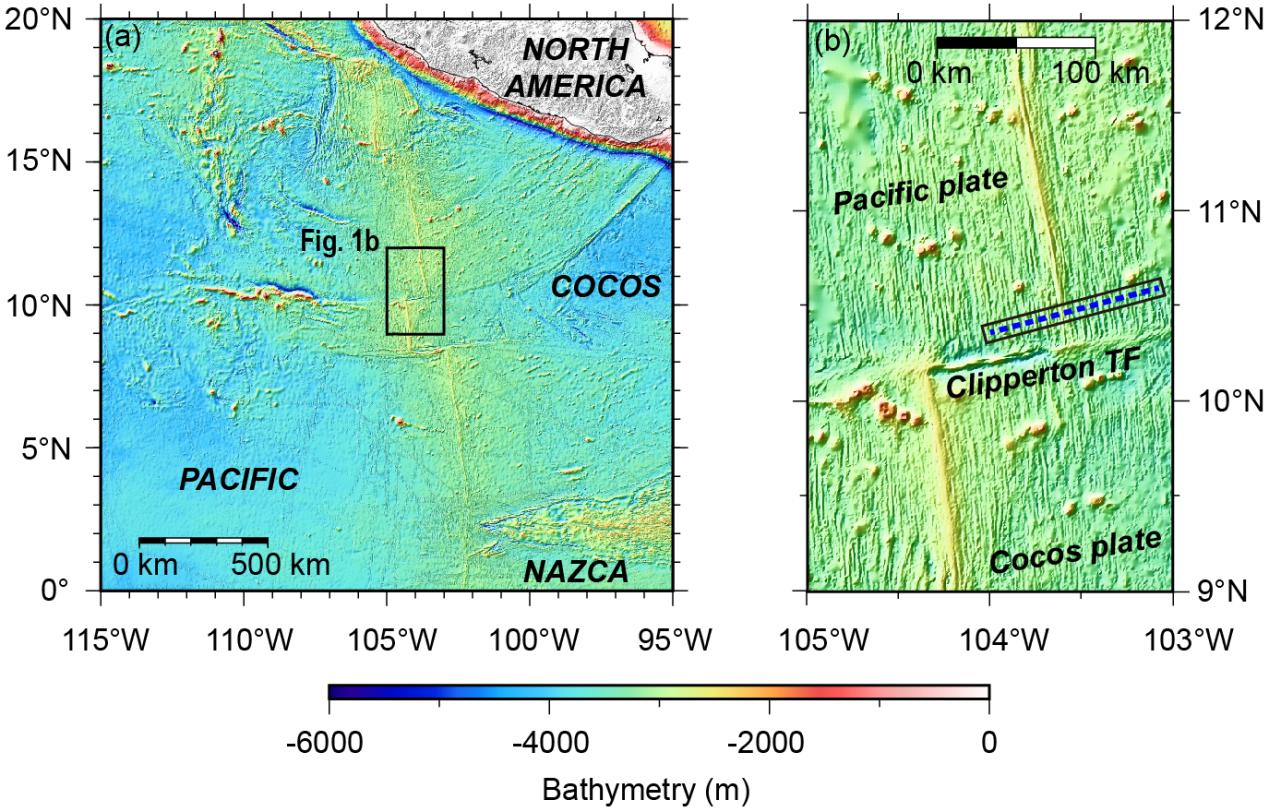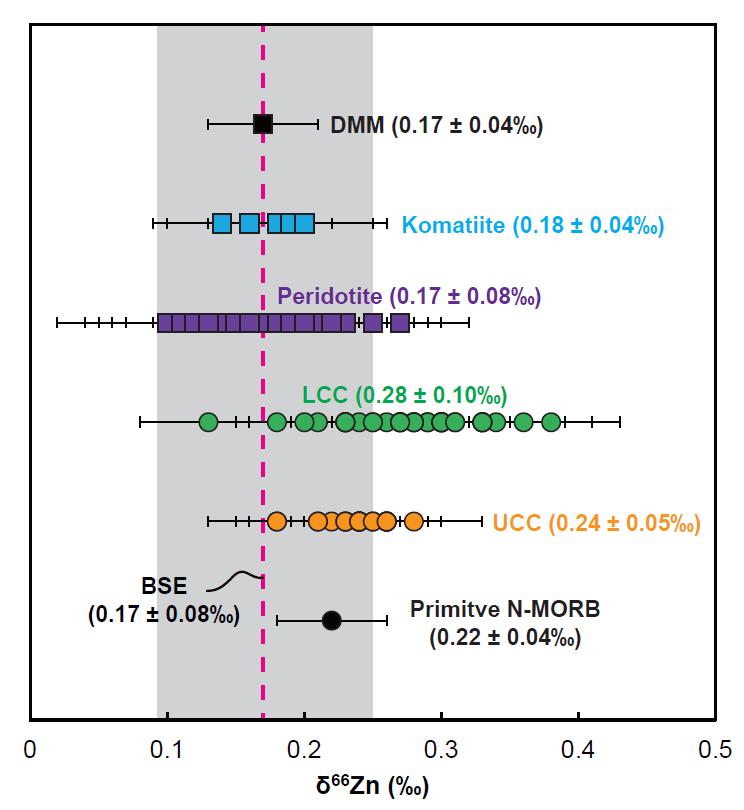Zinc (Zn) isotope systematics has been a useful tool to study the planetary evolution and to trace carbon cycling in the Earth's mantle. However, zinc isotope data for mid-ocean ridge basalts (MORB), the most widespread magmatic rocks on Earth, are scarce. The possible effects of MORB differentiation and mantle compositional heterogeneity on MORB Zn isotope compositions remain unclear.
Recently, the research team led by Prof. XIAO Yuanyuan from the Institute of Oceanology of the Chinese Academy of Sciences (IOCAS) first reported systematic zinc isotope fractionation during MORB differentiation.
The study was published in Geochimica et Cosmochimica Acta on Feb. 21.
Researchers report Zn isotope data of MORB lavas from the East Pacific Rise (EPR) at 10°30'N. The geochemical variations of these samples are mainly controlled by varying extents of magma differentiation (MgO = 7.38-1.76 wt.%), instead of by varying extents of mantle melting or mantle compositional variations. A small δ66Zn (relative to Johnson Matthey Company zinc standard JMC 3-0749L) range of 0.21-0.32‰, with an average of 0.26 ± 0.07‰ (2SD, N = 24), is observed in these lavas. δ66Zn values increase with increasing extent of magma differentiation (decreasing MgO and CaO abundances), which demonstrates unequivocal Zn isotope fractionation (~0.1‰) during MORB differentiation by fractional crystallization of olivine, clinopyroxene and Fe-Ti oxides.
The δ66Zn values for primitive normal-type MORB (N-MORB) and depleted MORB mantle (DMM) are estimated to be ~0.22‰ and ~0.17‰, respectively. Depleted MORB mantle (DMM) shares similar δ66Zn values with the bulk silicate Earth, suggesting that extraction of the continental crust from the initially primitive mantle, leaving behind a residual DMM, causes insignificant Zn isotope fractionation.
"Although magma differentiation and other igneous processes can cause limited Zn isotope fractionation, the existence of possible Zn isotope heterogeneity in the oceanic upper mantle is expected and awaits testing," said Dr. SUN Pu, first author of the study.
This work is financially supported by the Natural Science Foundation of China, etc.

Fig. 1 Bathymetric map of the northern East Pacific Rise (EPR) and the vicinity and the sampling locations.

Fig. 2 Zinc isotope fractionation during MORB differentiation.

Fig. 3 Zinc isotope compositions of the primitive N-MORB and depleted MORB mantle (DMM) estimated by this study and komatiites, peridotites and crustal rocks.
Sun, P.*, Niu, Y., Duan, M., Chen, S., Guo, P., Gong, H., Xiao, Y. & Wang, X. (2023). Zinc isotope fractionation during mid-ocean ridge basalt differentiation: Evidence from lavas on the East Pacific Rise at 10°30'N. Geochimica et Cosmochimica Acta, 346, 180-191.
(Text by SUN Pu)
Media Contact:
ZHANG Yiyi
Institute of Oceanology
E-mail: zhangyiyi@qdio.ac.cn
(Editor: ZHANG Yiyi)

